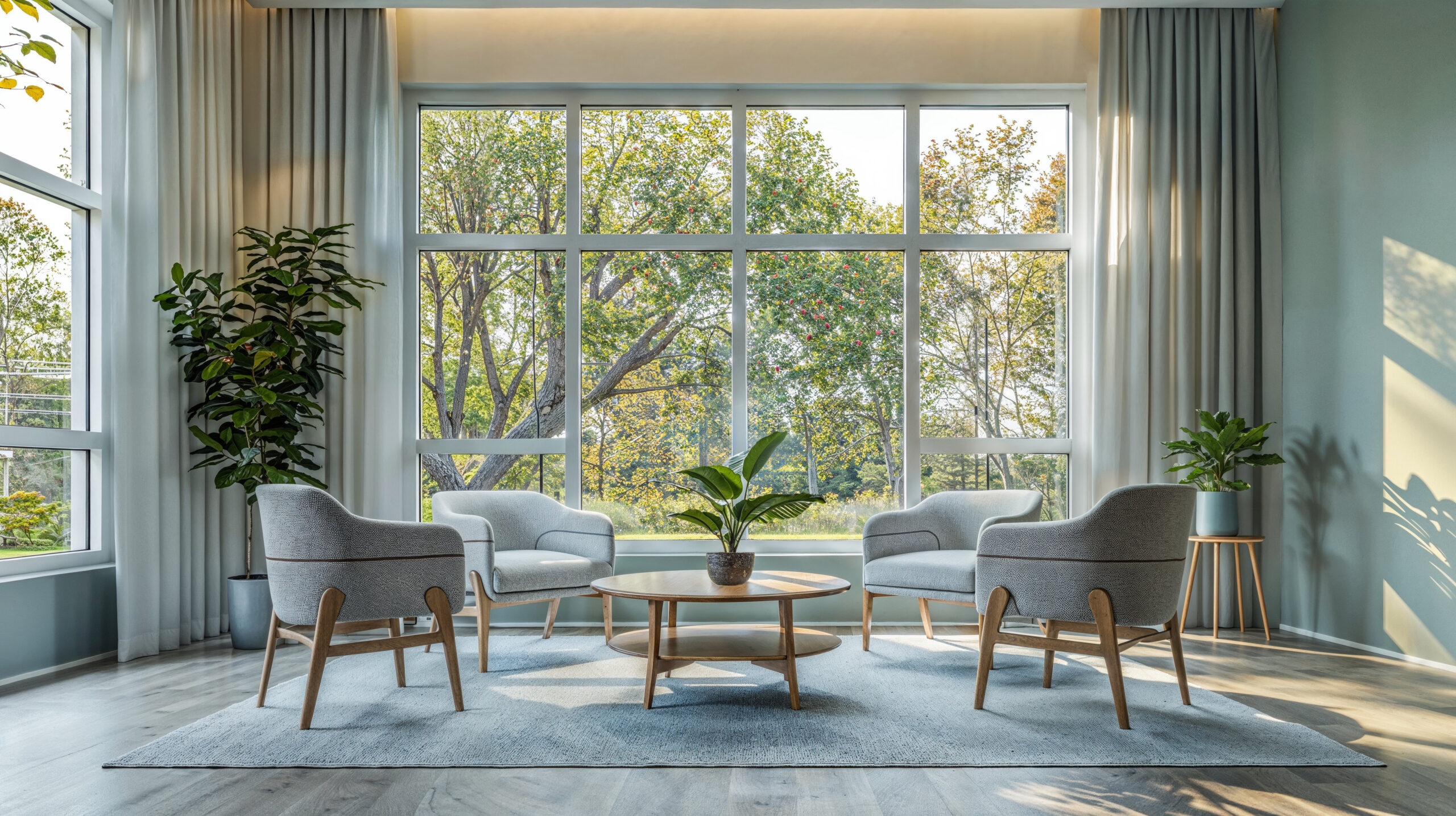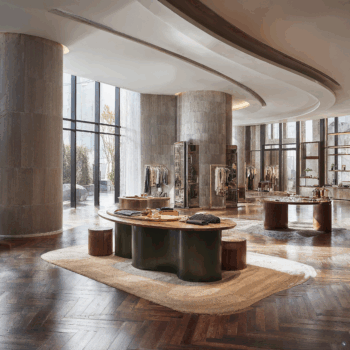
Creating spaces to promote comfort and dignity.
Designing environments for aging requires a thoughtful approach that prioritizes comfort, functionality, and dignity. The design industry plays a crucial role in creating spaces that support the diverse needs of individuals as they navigate different stages of life. From assisted living to end-of-life care and everything in between, every design element should enhance the quality of life for residents and their families.
Assisted living facilities
With assisted living facilities, the emphasis is on promoting independence while ensuring safety. Incorporating features like grab bars in bathrooms, non-slip flooring materials such as textured vinyl or cork, and lever-style door handles can significantly improve accessibility. Consider using inviting color schemes like soft blues and greens, which have been shown to promote relaxation and tranquility. Layouts should prioritize clear pathways and ample natural light to foster a sense of openness and connection with the outdoors.
Long-term care facilities
For long-term care facilities, creating a homelike atmosphere is paramount. Choose durable yet comfortable materials like wood laminate flooring and stain-resistant upholstery fabrics. In communal areas, flexible furniture arrangements encourage social interaction and engagement. Incorporating elements of biophilic design, such as indoor gardens or nature-inspired artwork, can help residents feel more connected to the natural world.
Memory centers
Memory centers require specialized design elements to support individuals living with cognitive impairments. Use contrasting colors and patterns to aid in wayfinding and reduce confusion. Incorporate reminiscence areas with familiar objects and photographs to evoke positive memories. Soft, rounded furniture and sensory stimulation stations can create calming environments that promote relaxation and reduce agitation.
End-of-life care spaces
End-of-life care spaces should prioritize comfort, privacy, and dignity for both residents and their loved ones. Leverage soothing color palettes like muted neutrals and gentle pastels. Provide comfortable seating arrangements and private family areas where loved ones can gather and share moments of closeness. Thoughtful touches like adjustable lighting and soundproofing can enhance the sense of tranquility and serenity during this sensitive time.
By integrating these elements into environments for aging, spaces can be created that not only meet the physical needs of residents but also nurture their emotional well-being and sense of belonging. Designers have a unique opportunity to shape later in life care that empowers individuals to live with dignity and grace at every stage of life.







